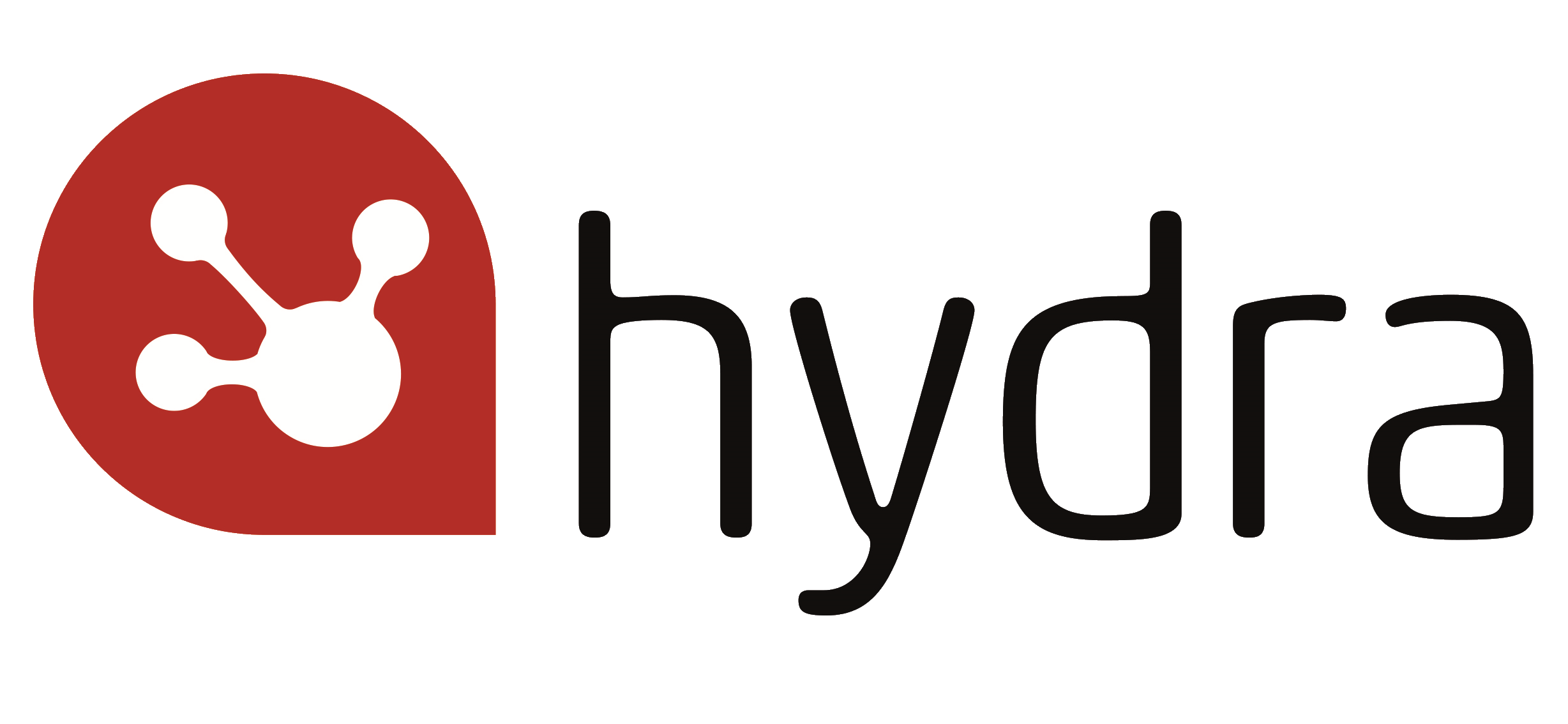Best-Practice Tips for managing your people and their skills
Here we share some best practice tips to help you manage and support your team and their skills to deliver high-quality projects on time and within budget.
One of the biggest factors in a project’s success comes down to how effectively you communicate with, manage and support the people in your team. In multi-project organisations, people can become overloaded with work because they are allocated too many projects and tasks with very little breathing space in between. Just as they’re getting on top of their work, more arrives, all with demanding delivery dates and schedules that just can’t cope.
With the rising nature of remote and virtual project teams it is even more important to develop ways to effectively manage your people when they may not be in the same country or time-zone.
There are also other resource planning problems such as data and software issues to consider and you need to watch out that you are not overloading your people.
And what about those people that you don't automatically gel with or you have difficulty communicating with effectively? How can you improve those relationships?
What can help with all the above is to make the management of your teams and people an integral part of the project planning phase which will help you manage the present, plan for the future and anticipate project risks.
Be Transparent
Transparent working environments have been found to make teams more accountable, happy and creative.
It sounds like a big claim but transparent environments help to develop a feeling of mutual respect between team members and team leaders. Via open and consistent communication, transparent and authentic workplaces help employees to feel secure in their positions. In turn, team members feel freer to contribute ideas and suggestions, enhancing creativity.
This is especially important when working with remote project teams. The shift from face to face meetings to conference and video calling and an increased dependency on trust and accountability are changing the project team’s landscape. So there is a much greater need to maintain transparency in projects.
Centralised Skills & Experience
In a large Business or organisation, you might have many people with different skills and at a variety of levels; from entry/graduate to those with considerable experience. These people may sit within different departments or Business Units. To help unify skills and experience and present all available people in one place, why not consider using software that can help manage these skills in one central location. This would enable you to access all the available knowledge and pull together the best people for the project from one source.
Having one centralised pool of skills and experience can help you and your team understand the ‘bigger picture’. By drawing from this giant resource pool, everyone involved will be able to see the limitations on resources, their involvement and dependencies. Developing a clear view of how they fit into the picture can empower and motivate your team to perform their own individual tasks better, and deliver on time.
Visibility
Allocating the right people at the right time can be one of the biggest challenges facing a project manager, particularly when there’s no shared location to show how and where people are being deployed. Without it, skill allocation becomes a guessing game, which can have a negative effect on both the project and the Business.
Knowing where your people are and what tasks they are working on allows you to see how each person is allocated throughout the lifecycle of your project. It also makes it easier to steer your team through change requests and the many other obstacles that inevitably crop up, adding and removing people as required.
Complete visibility means that you can respond to challenges quickly, make strategic decisions and keep stakeholders updated as soon as risks and certainties become known. It also means you can allocate and manage your people based on ‘who has the right skills’ rather than ‘who you know’, considering their cost and availability.
Tracking Project Progress
There’s a wonderful point at the start of every project when the plan is in place, the work has been allocated and everyone is ready to go.During the course of the project, modifications to the activities and people can happen on a regular basis. Often, one resource will be working on more than one project and tracking time spent on different activities is vital. Priorities can shift, for example, due to last minute client requests or deadline changes.
The accurate tracking and reporting of time helps you to understand the performance and the average time a team member takes to complete a particular type of activity. This information will be extremely useful for the estimation for the next projects, especially if the activities are similar in nature.
The time spent on activities will also come in handy when there is a need for prioritising an activity or project over another. Additionally, the proper time entry enables you to see that the time is not exceeding the estimated time, allowing you to mitigate any risks well in advance.
Effective time tracking also helps people keep track of their normal work-time as well as the overtime they have put in. Without these additional steps Human Resources would not be able to check the overtime of that person and compensate for that.
Tracking project progress allows to you see the project tasks that have been completed and the work that’s remaining, avoids mismanagement of resources and project budget and ensures that the project is running to schedule.
Communicate, communicate, communicate
Once your team is up and running, it’s imperative to keep the communication going to build relationships, assess progress, and identify risks and issues. Plus, you’ll get more engagement from team members if they see you investing time in them and showing interest in their activities. Develop your own strategies such as a Business Cadence to build collaboration in your team
Make expectations and responsibilities clear so that everyone knows who’s doing what, why and by when. This seems obvious but don’t assume everyone has your detailed understanding of the project at hand. Encourage and embrace new ideas. The more your team can contribute to the project, the happier they’ll be.
Don't forget to employ your soft skills in all communication. A project manager needs to communicate with, and engage, a wide range of people both internally and externally. The way we communicate is key when handling problems or barriers to success. With the right soft skills it’s possible to remove any bureaucracy and get the job done.
What Next?
Could the right project and portfolio management solution help you manage and support your team and their skills to deliver high-quality projects on time and within budget and help you reach your project delivery goals? Are you ready to take the next steps in transforming your project management capabilities? Take the plunge and contact us to discuss your challenges.



